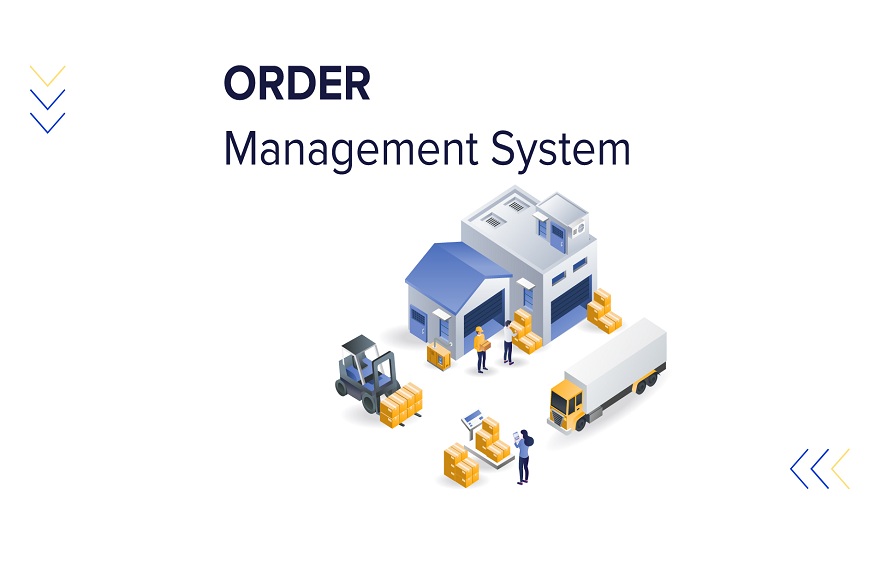A component of the supply chain is logistics and order management. To achieve effective supply chain management, two distinct things are combined. Logistics – what is it? It is a component of the supply chain, which emphasizes the movement of goods and services in business order management. These words are sometimes used interchangeably, but they are not the same thing.
Inventory management deals with the stock of commodities, while logistics is concerned with the movement of goods and services. But they both complement one another. Logistics will be simpler if you control your inventory. If you can handle both, your supply chain will run smoothly and without any hiccups.
You may need an exponential workforce to manage all these, but being a smart business owner, you can opt for other options too. A b2b inventory management software can help you keep abreast of order management and also helps in logistics.
Let’s explore some ways in which technology and automation of an order management system can help align logistics.
1. Inventory Management system
Someone ought to alert you if you manage inventories improperly so you can make up for it. The order management system includes a crucial element for inventory management that alerts you whenever stock needs to be replenished. Customer dissatisfaction due to inventory management may worry you. You must diligently concentrate on inventory management if you want to avoid the bother, and logistics will immediately become easy. Your order management system will be improved if your inventory is running properly.
2. Stock Adjustments
After every purchase, our inventory needs to be updated. However, it is a hassle to update it manually. Thus you can have an automated solution. It helps increase or decrease stock in inventory and lets you update multiple products at once, saving time, effort, and money for the business owner. Business owners can adjust stocks according to new additions in the inventory or do away with unwanted products.
3. Bulk upload
Wholesale businesses have exponential units, so uploading the hoard in the inventory is difficult. If you use an automated solution, it will make business a cakewalk. Inventory management system can help in bulk uploads; you do not have to worry about doing everything manually. Even if you are a business owner, you would not have to worry about uploading everything manually.
4. Effective shipping
In wholesale business shipping gets complicated because the retailer would want to have his order for multiple stores or SKUs. So, you can give them the option of putting multiple addresses to reduce delivery time and cost. Sometimes you are not aware of the exact shipping cost, but with an order management system you can set delivery prices later.
5. HiringShunning the need of third-party
Having your own order management system can reduce the dependency on third-party for logistics. However, if you hire a third-party system like FedX, you will not have to give detailed attention to shipping and deliveries. If you are willing to make your order management smooth, you must hire a third-party system that delivers orders efficiently.
6. Use logistics for demand forecasting
An essential part of logistics is warehousing. The process of warehousing includes storing physical inventory temporarily for distribution. For order fulfillment, it is essential to keep things ready so that you deliver orders on time. You must be aware of which product is most ordered, and the order management system offers analytics and demand forecasting which helps you prepare orders on time with minimum delivery time.
7. Choosing the best source of transportation
For moving orders from one place to another, you will need transportation. Especially in the case of wholesale business, you need proper transportation because orders are in bulk. So, you must choose the best option depending on the order size, distance, file, delivery cost, etc. An order management system can give you a glimpse of how far the order has to be delivered which ultimately helps in choosing the right transportation.
8. Purchase order management
A purchase order is the acquired material for a production process. If you purchase raw material, you will not send it directly to the production unit, you have to transport it, store it, and then plan according to the order demand. Order management systems can help you curing and storing the raw material for the next process.
The Final Thought
Logistics and inventory are two components of the supply chain. If these two are balanced, your supply chain will be smooth enough to boost sales.










